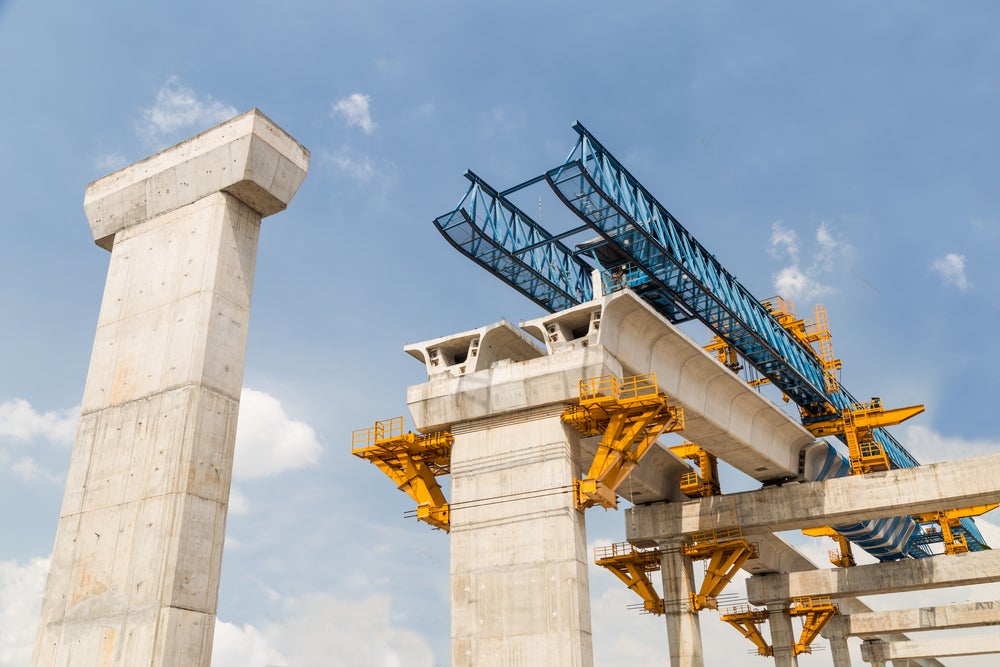In an era where Britain’s rail megaprojects face constant financial and logistical challenges, effective leadership, and teamwork are the keys to success. Recent political and economic disruptions have made it harder than ever for infrastructure and improvement initiatives to stay on track during each stage of the capital megaproject.
However, rewiring how leaders approach the challenge can facilitate more efficient outcomes. Society and our needs have changed, but how we select leadership for capital megaprojects has not kept pace.

Megaprojects, by definition, create a “bigger than thou” framing that can seem far removed from the daily lives of the people they benefit. Rounding errors on capital megaprojects are often greater than most people’s annual salaries. Their reputation is often hurt by the fact that they are consistently over budget and over time.
Even a decade ago, the slow pace and gargantuan financial investment required for a rail megaproject was considered par for the course. Leaders were comfortable saying, “It will be ready when it’s ready. It will cost what it costs.”

But our world is no longer comfortable sticking to that status quo, not least because we have an incredibly urgent climate emergency that needs solutions. So, how can selecting the right leaders and creating the right teams disrupt the megaproject status quo for the better?
See Also:
Finding the right leader(s)
The size and scale of megaprojects means that typically, we try to find an Elon Musk-type personality around which a megaproject ecosystem can be organised. The problem with these leaders is that when they move onto a bigger project and must be replaced, there is little to no chance of finding someone who can fill their shoes.
How well do you really know your competitors?
Access the most comprehensive Company Profiles on the market, powered by GlobalData. Save hours of research. Gain competitive edge.

Thank you!
Your download email will arrive shortly
Not ready to buy yet? Download a free sample
We are confident about the unique quality of our Company Profiles. However, we want you to make the most beneficial decision for your business, so we offer a free sample that you can download by submitting the below form
By GlobalDataThose kinds of leaders also tend to want to deliver very big things to demonstrate their importance without considering whether those things are necessary to achieve a successful project. Megaprojects then run the risk of getting even bigger with a larger budget and longer timeline.
Due to the duration of capital megaprojects, it is difficult to imagine the same leader continuing throughout a megaproject’s entire life, so it is important to identify leaders who have the right emphasis on leadership qualities at the right time of the lifecycle.
However, irrespective of the stage of the project lifecycle, some elements must endure throughout. Importantly, leaders must define a strong purpose for the project that can last from development to operation and be able to use that purpose to drive stakeholder support. This purpose must be returned to and stakeholders engaged constantly to achieve success.
Another enduring reality is that the skills needed to deliver the various components of a project are unlikely to be found in a single individual. Delivery of rail megaprojects is a team sport. The job of the chief executive is to recognise this and make sure that project teams are formed around multi-disciplinary capabilities. Like in football, where having an entire team of strikers is highly unlikely to be a successful strategy, having project teams comprised of only one type of person is unlikely to end up with good outcomes.
Building the right teams
But putting a multi-disciplinary group of people into a team and hoping that they just figure it out has a low probability of success. Comments along the lines of “we all know of each other” or “we’re just here to work and get things done” are too common. Planned interventions are necessary to build the team into a high-performing one.
These interventions should start even before the team is formed, if possible. Leaders should consider team dynamics as well as capability dynamics – leadership hires are about more than just their professional expertise – and view leadership hires holistically to find and encourage diversity of backgrounds, thoughts, and personalities on the team.
Once the team takes shape, even if in the “interim” as often occurs with these types of projects, create space and time upfront to understand how to best work together.
This work should start by understanding how the overall purpose that the chief executive has defined impacts and inspires each individual, how they can complement and productively challenge each other at different project stages, and how they can foment healthy engagement that can be a model for the larger organisation. Like stakeholder support, you can’t “bank” this initial teaming. chief executives must instead constantly create the space for the what (the work) and the how (how work gets done and how people behave together) at concrete intervals.
Megaprojects have long durations and impact many people’s lives, so we must find ways to more effectively deliver them. Breaking out of the status quo by finding the right leaders and building the right teams is critical to delivering the megaprojects we need to support our collective future.








